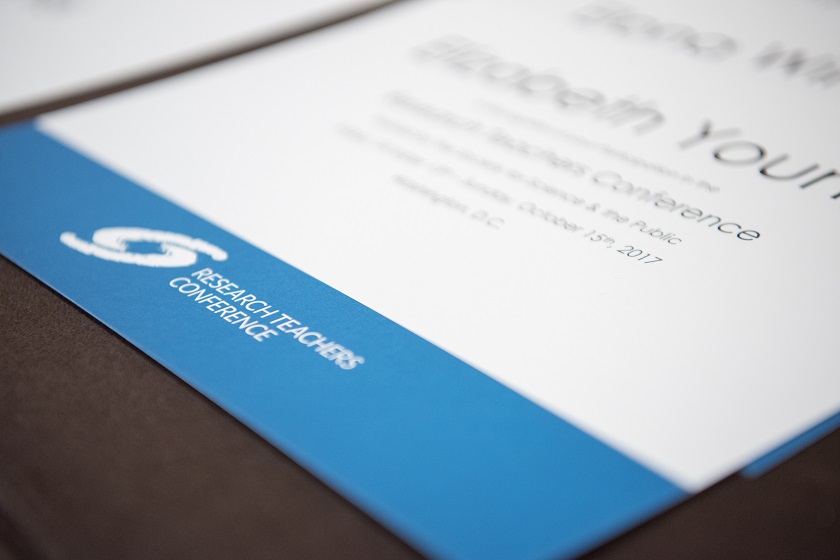All young scientists should take advantage of these resources

Increasingly in this world, it’s not about what somebody knows, it’s about who somebody knows. A young scientist may be the most impressive in the world, but if they do not have the access to resources to disseminate their research and their findings, then they may not be able to reach their full potential.
At this year’s Research Teachers Conference, Jennifer Gordinier, Pine Crest School, Fort Lauderdale, Fla, and Staci Richard, Laguna Blanca School, Santa Barbara, Calif., led an intimate discussion on resources available to teachers to help support and nurture their students. The conversation took the form of more of a roundtable discussion encouraging dialogue and learning from each other, rather than a conference lecture. After a short intro from our hosts, ideas flowed freely throughout the room about the resources that are just waiting to be taken advantage of.
Youth Academic Journals
Many different academic journals were discussed as useful tools to get exposure for someone early in their STEM career. There are many journals dedicated exclusively to scientists in or fresh out of high school, and they will provide valuable insight to what exactly the publication process entails and what the young scientists should expect if they attempt to get peer reviewed and published in the future. The Finger Lakes Journal of Secondary Science and the Journal of Emerging Investigators, for example, are a couple of middle school and high school publications that act as a platform for students to publish their findings.
Through researching publishing opportunities and going through the peer-review process, students can learn what to expect if they choose to pursue science and academia in their future careers.
Gaining sponsorships
Staci and Jennifer mentioned that community support and student research exposure can be garnered through partnering via sponsorships from local businesses who want to help students’ growth in STEM fields. In their experience, local businesses will endorse science fairs and provide monetary as well as in-kind gifts. It is important when doing this solicitation however, to remember that they are still businesses and want to protect their bottom line. It is important to not only say what the business will provide students, but also highlight how the business is benefitting from the partnership.
Tips: Make sure the level of involvement is made explicitly clear from the beginning. Outline exactly what resources your sponsor will provide your students, be it time, money or other gifts. Also, always keep quantifiable logs of everything your students are doing and how it can benefit your sponsor organization.

Contact your local scientific association
Another resource available to teachers are local, scientific associations. At the meetings of these organizations, it may be possible for students to present their work and gain advice on the finer aspects of presenting academic projects. They are also great networking opportunities for young scientists to meet new mentors or even discover labs that are in the process of conducting research similar to their own.
While all these resources are useful ways for young scientists to get themselves out there, the most important takeaway from the discussion was that students are still learning and the tools mentioned are a means to encourage student growth and experience.


